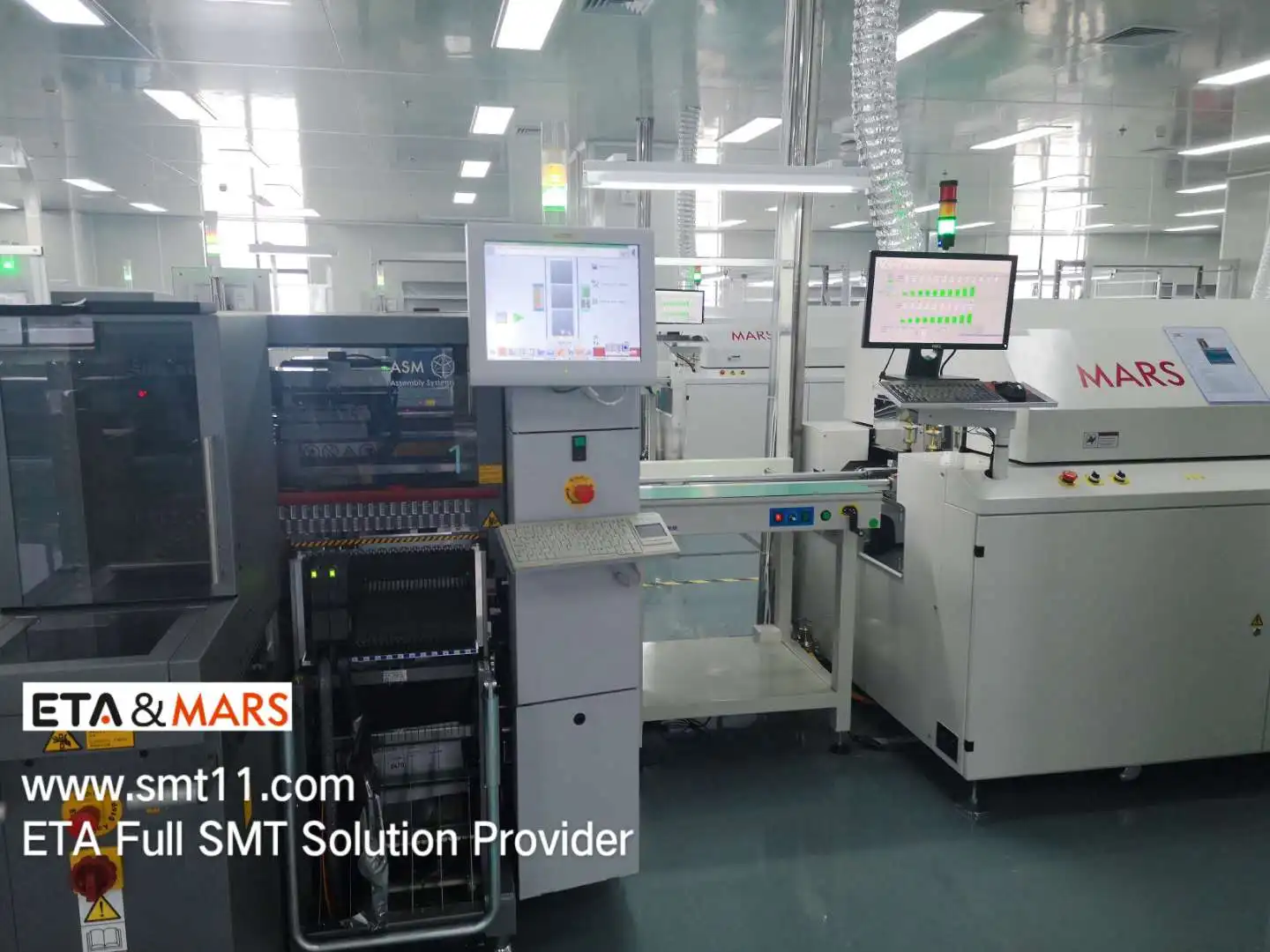
Quality Control of SMT Process in Automotive Electronics Industry
In the automotive electronics industry, 31% of SMT chip processing quality problems are caused by improper process control. It can be seen that in the process of patch processing in the automotive electronics industry, it is crucial to the quality control in the manufacture, and it is also an important way to improve product quality. Next, the editor will share with you how to control the quality of the automotive electronics industry.

Quality control of SMT chip processing in the automotive electronics industry is an important step to ensure quality and factory productivity. For example, in the reflow soldering oven process of SMT chip processing, although the temperature in the furnace can be controlled by the furnace temperature control system and temperature sensor in the reflow soldering oven, the actual temperature of the solder joint on the PCB board is not necessarily equal to the preset temperature of reflow soldering oven. Although the reflow soldering oven machine works normally, the temperature control is within the temperature control accuracy range of the equipment. However, due to the uncontrollable factors such as the quality of the PCB board, assembly density, and the number of PCBs entering the furnace, the furnace temperature curve will also fluctuate accordingly. Therefore, the temperature of the reflow soldering machine must be continuously monitored to ensure that the quality of the product during the processing process can be effectively controlled.

At present, most of the quality assurance methods adopted by SMT chip processing manufacturers in the automotive electronics industry are the introduction of advanced testing equipment to monitor the quality of the production process. During the reflow soldering process, AOI optical inspection equipment is used for quality control.
❙ SMT Assembly Line Video







